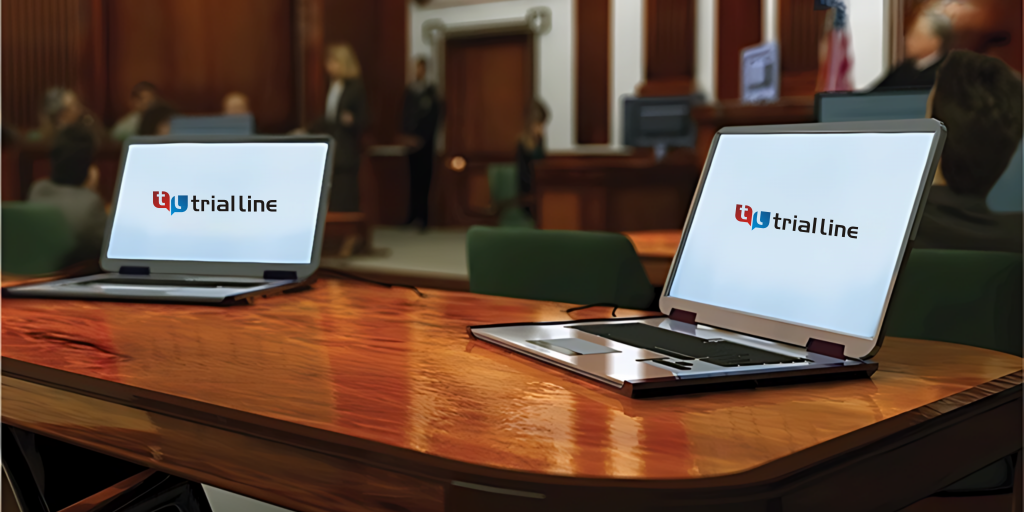How Trial Presentations Should Be Adapted to Your Audience for Optimal Effectiveness
How Trial Presentations Should Be Adapted to Your Audience for Optimal Effectiveness
Blog Article
The Power of Visuals in Trial Presentations for a Winning Disagreement
The combination of visuals in trial discussions has arised as a vital aspect in properly interacting complex arguments to jurors. By making use of various types of aesthetic help-- be it diagrams, pictures, or computer animations-- lawyers can enhance understanding and retention, inevitably forming the court's perception of the case.
Value of Visuals in Trials
In numerous legal setups, visuals play an important function in improving the efficiency of trial discussions. The integration of aesthetic elements can considerably influence jurors' understanding and retention of complicated information, thus forming their perceptions and decisions. Visuals, such as graphes, diagrams, and photos, can streamline detailed narratives, making them much more easily accessible and engaging.
In addition, the human brain procedures aesthetic info a lot more efficiently than text, which emphasizes the significance of including visuals right into lawful arguments. By equating thick lawful principles into aesthetic styles, lawyers can facilitate more clear interaction, making certain that bottom lines are not overlooked during trials.
Additionally, visuals serve to engage jurors on an emotional degree, cultivating a connection to the situation that words alone may fail to attain. The critical use visuals can evoke compassion, triggering jurors to think about the human aspects of the instance.
Ultimately, the importance of visuals in trials depends on their capability to enhance clarity, boost juror involvement, and reinforce the narrative being provided. This potent mix is crucial for crafting convincing arguments that reverberate with jurors and affect the result of legal procedures.
Kinds Of Visuals to Use
Effective test discussions can substantially take advantage of a variety of visual tools that deal with different elements of the instance. trial presentations. Utilizing diagrams and charts can efficiently damage down complicated details, making it much more absorbable for jurors. Flowcharts can highlight the sequence of occasions, while bar charts might succinctly contrast pertinent data points.

Animations and simulations can additionally play an essential duty, specifically in situations entailing technical information or elaborate scenarios. These visuals can dynamically stand for processes or actions, providing clearness and interaction that fixed images might not accomplish.
Furthermore, infographics combine text and visuals to summarize essential details efficiently. They can offer timelines, statistics, and considerable case points in a visually appealing fashion, making it easier for jurors to comply with the argument.
Enhancing Comprehension and Retention

Enhancing understanding and retention throughout trial discussions is critical for ensuring that jurors understand the essential components of a situation. Aesthetic help act as powerful devices hereof, converting complex information into easily absorbable styles. By making use of charts, diagrams, and infographics, lawyers can streamline detailed information and emphasize crucial factors that might or a knockout post else be overlooked.
Researches have actually shown that people preserve details dramatically better when it exists aesthetically. This is particularly pertinent in a test setup, where jurors might be overwhelmed by the quantity of proof and testament. By strategically including visuals, attorneys can route jurors' attention to one of the most important aspects of the case, strengthening their understanding and memory of the material offered.

Creating Involving Presentations
Fascinating jurors' attention throughout test discussions is necessary for communicating an engaging narrative. Engaging presentations take advantage review of aesthetic aspects to create an unforgettable experience that reverberates with jurors. The strategic usage of graphics, animations, and videos can illuminate complex information, making it extra obtainable and relatable.

In addition, incorporating storytelling techniques can improve involvement. Providing proof in a sensible sequence that develops emotional allure enables jurors to get in touch with the material on an individual level. Numerous discussion layouts, such as including brief video or interactive components, can likewise endure passion and attention throughout the trial.
Ultimately, an engaging discussion promotes an extra profound understanding of the situation, making it possible for jurors to better appreciate the arguments being offered and causing an extra favorable end result.
Instance Research Studies and Success Stories
Numerous instance studies highlight the significant influence of visuals in trial presentations, showing their capability to influence juror assumptions and eventually the end results of situations. As an example, a notable case involving a personal injury claim illustrated how using a 3D computer animation of the crash scene clarified complicated details. Jurors reported feeling more informed and understanding, substantially swaying their decision in favor of the plaintiff.
In an additional circumstances, a business lawsuits situation utilized infographics to existing monetary information and timelines, making complex information accessible. The aesthetic depiction enabled jurors to grasp the nuances of the instance better than spoken explanations alone. trial presentations. Because of this, the jury returned a decision that surpassed the customer's assumptions
The engaging visuals not just aided in creating question however likewise resonated psychologically with jurors, leading to a pardon. These success stories underscore the necessity of integrating visuals into test discussions, as they boost understanding, retention, and inevitably, the persuasive power of lawful arguments.
Final Thought
In verdict, the critical consolidation of visuals in test presentations considerably improves jurors' understanding and retention of complicated info. Involving presentations, supported by compelling situation researches, demonstrate the profound impact that visuals can have on persuasive interaction.
Report this page